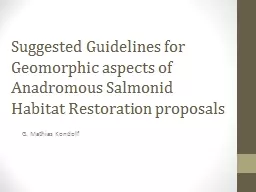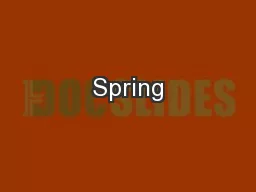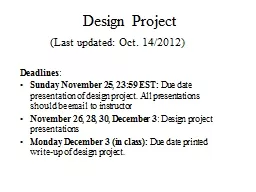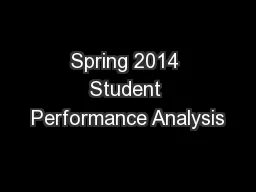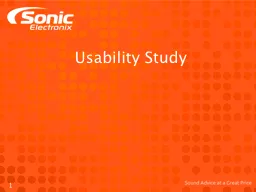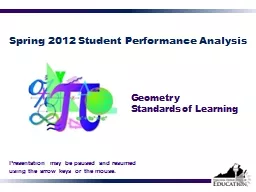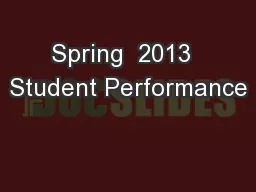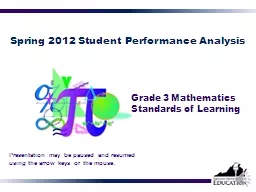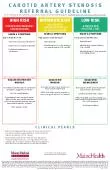PPT-Suggested Guidelines for
Author : stefany-barnette | Published Date : 2017-01-14
Geomorphic aspects of Anadromous Salmonid Habitat Restoration proposals G Mathias Kondolf Some Information basics What is Anadromous anadromous fish are born
Presentation Embed Code
Download Presentation
Download Presentation The PPT/PDF document "Suggested Guidelines for" is the property of its rightful owner. Permission is granted to download and print the materials on this website for personal, non-commercial use only, and to display it on your personal computer provided you do not modify the materials and that you retain all copyright notices contained in the materials. By downloading content from our website, you accept the terms of this agreement.
Suggested Guidelines for: Transcript
Download Rules Of Document
"Suggested Guidelines for"The content belongs to its owner. You may download and print it for personal use, without modification, and keep all copyright notices. By downloading, you agree to these terms.
Related Documents

